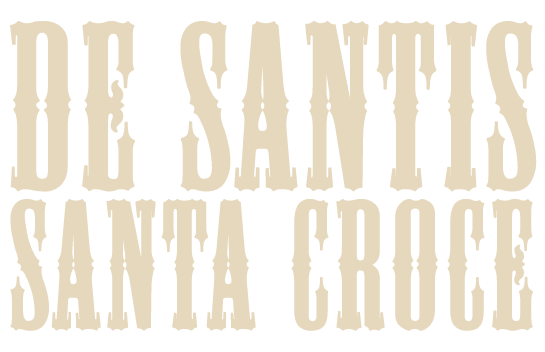
History, legends and recipe of the pastiera, one of the typical Easter desserts, a must on the counters of De Santis Santa Croce
The pastiera emerges between the egg and the dove. To the two typical desserts of the Easter period, this sweet cake is often preferred, or accompanied, which we could define as an ancestor of the moderncheesecake. Neapolitan tradition requires candied fruit, but jam or chocolate that combines well with the ricotta, typical of this dessert, are also welcome. And like every recipe created for a Christian holiday, history and legend mix in the origins of the pastiera, which we talk about in this article.
How to prepare it
Like any self-respecting recipe, there is no unanimously accepted original version. There are some variables for thepastiera recipe which, however, have a fixed basis. If this dessert managed to make the gruff Queen Maria Teresa of Austria smile, as we will tell you shortly, much of the credit goes to the ricotta which holds together the consistency of the dough with the softness of the pastry made of flour, egg and sugar. semolina and lard (or butter). The pleasure of ricotta is also associated with a limited use of sugar, to ensure that it is not so invasive in the final result. In the pastiera recipe we find, in addition to ricotta, the traditional candied fruit, vanilla, orange or lemon peel and ground cinnamon.
FromDe Santis Santa Croce you can find the recipe for the original Neapolitan pastiera prepared by the delicate hands of our master pastry chefs.
The baskets of wives
A first story about this shortcrust pastry cake has maritime roots. It is said, in fact, that in ancient times, the fishermen's wives gathered on the seashore at night. On the beach they left some baskets with wheat, eggs, ricotta, candied fruit and orange flowers: a sort of offering for the Sea seen as a divinity, to ensure that the husbands returned home safe and sound. The next morning, when they returned to the beach, the women found real cakes in those baskets, obtained from the products left on the shore mixed by the sea waves. In that way the pastiera was born.
The gruff Maria Teresa of Austria
Another version of the history of the pastiera arises from the gruff character of Maria Teresa of Austria, queen of Two Sicilies in the nineteenth century. Her husband, Ferdinand II of Bourbon, seems to have had a very sweet tooth, especially pastiera. He convinced his wife to try a slice in public, an episode that even brought a smile to her face. An event so rare that Ferdinando apparently commented: «The pastiera was needed to make my wife smile, now we're waiting for next Easter».
Spring
This typical Neapolitan dessert is very linked to spring and the meaning of rebirth after winter hibernation. As already seen, its history is closely linked to the sea: another legend concerns the fishermen. After leaving with their boats, they remained in the open sea for almost two days at the mercy of the waves and bad weather. Fortunately they managed to return to shore and many wondered how they had managed to resist. The fishermen replied that they had eaten the pasta they had brought on board, with ricotta, herbs, wheat and eggs. Practically the recipe for the pastiera that we know.
Queen Partenope
The Neapolitan origin of this dessert comes from the story of Queen Partenope. We are in the era in which history joins myth, during the Roman or even Greek era. Partenope, founder of Naples, chose her mermaid home right in the Gulf of the capital. From there he could radiate his very melodic and refined voice. As a sign of thanks, the population brought her the products of the land as gifts: ricotta, a symbol of abundance; flour, which recalled wealth; eggs, in honor of fertility; wheat cooked in milk, with the fusion between the animal and vegetable kingdoms; the orange flowers of the Campania region; spices, which united distant peoples and sugar as a tribute to the sweetness of song. Partenope's reaction was to mix the delicacies received, from which the pastiera was born.
The cult of Ceres
Remaining on the sacred and profane theme, there is another hypothesis that traces the history of the dessert to the cult of Ceres, ancient goddess of motherhood and fertility. To honor her, the priestesses carried the egg in procession, a symbol of rebirth or resurrection if connected to Christianity. The two traditions were united, centuries later, by the nuns of the convent of San Gregorio Armeno in 1500. The Neapolitan nuns cooked together Christian symbols such as wheat, eggs and ricotta with spices typical of the oriental world and orange flowers from the garden. The result was a fragrant and appetizing dough, the pastiera we know today.
Discover the artisanal Easter line by De Santis Santa Croce
- Neapolitan pastiera in Rome – De Santis Santa Croce














